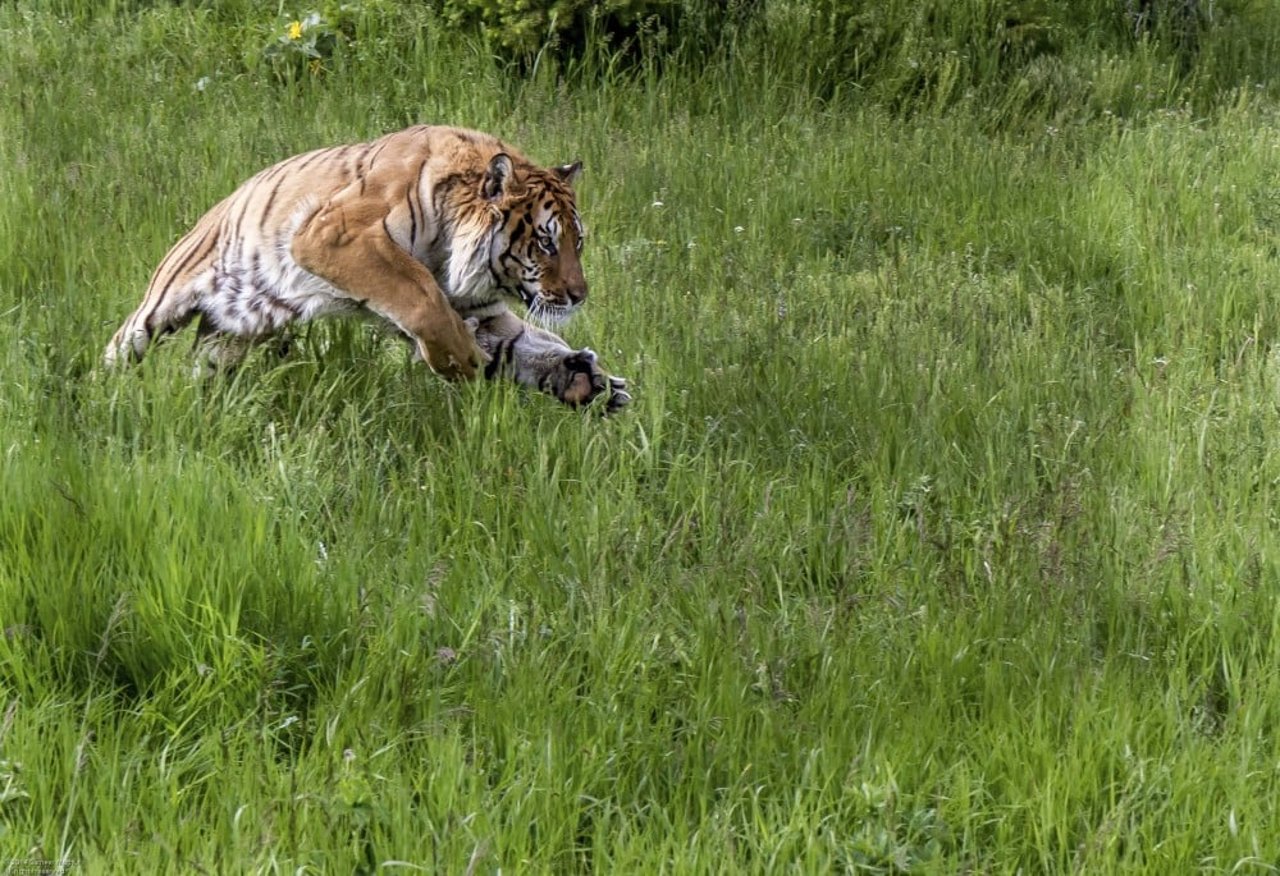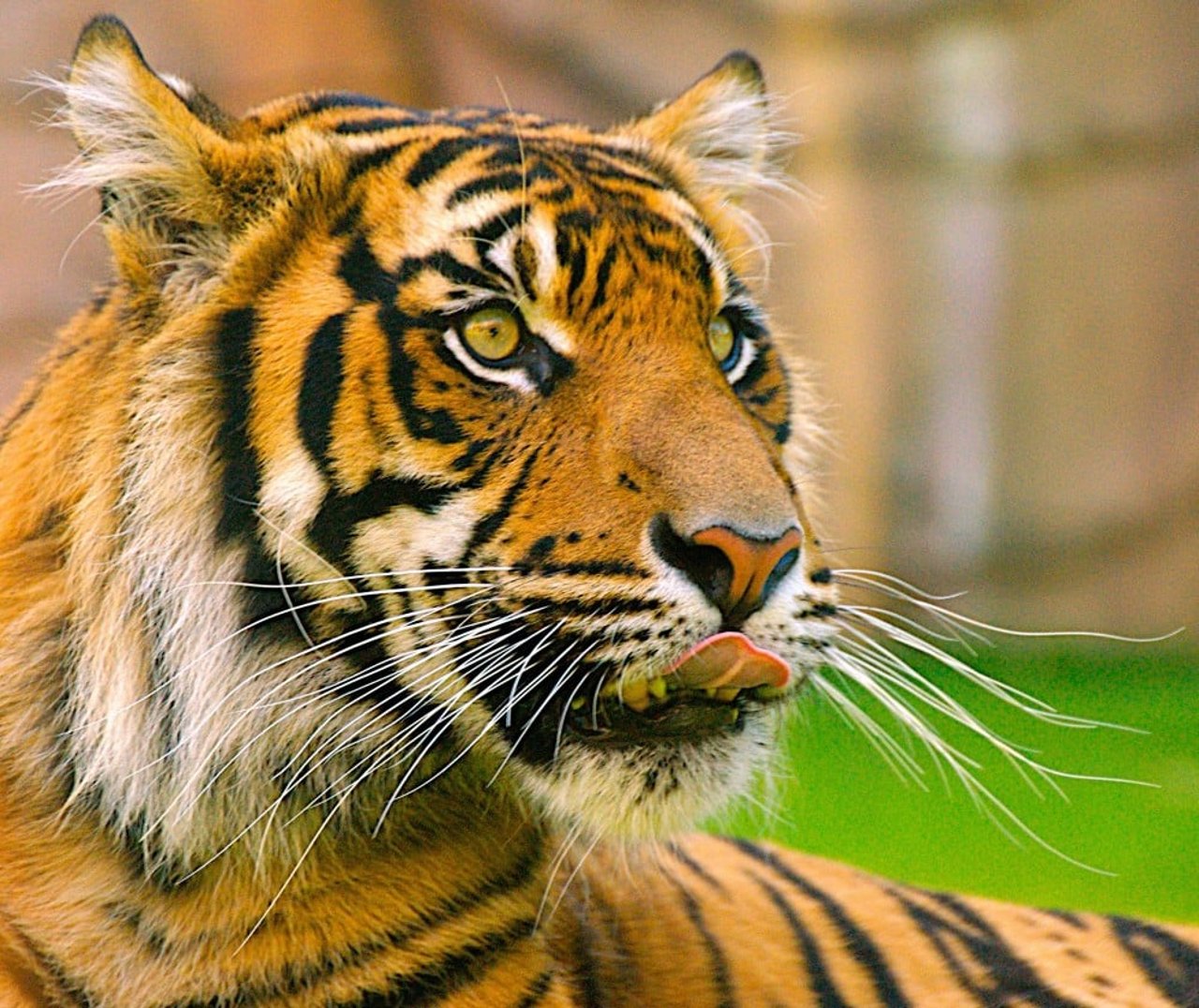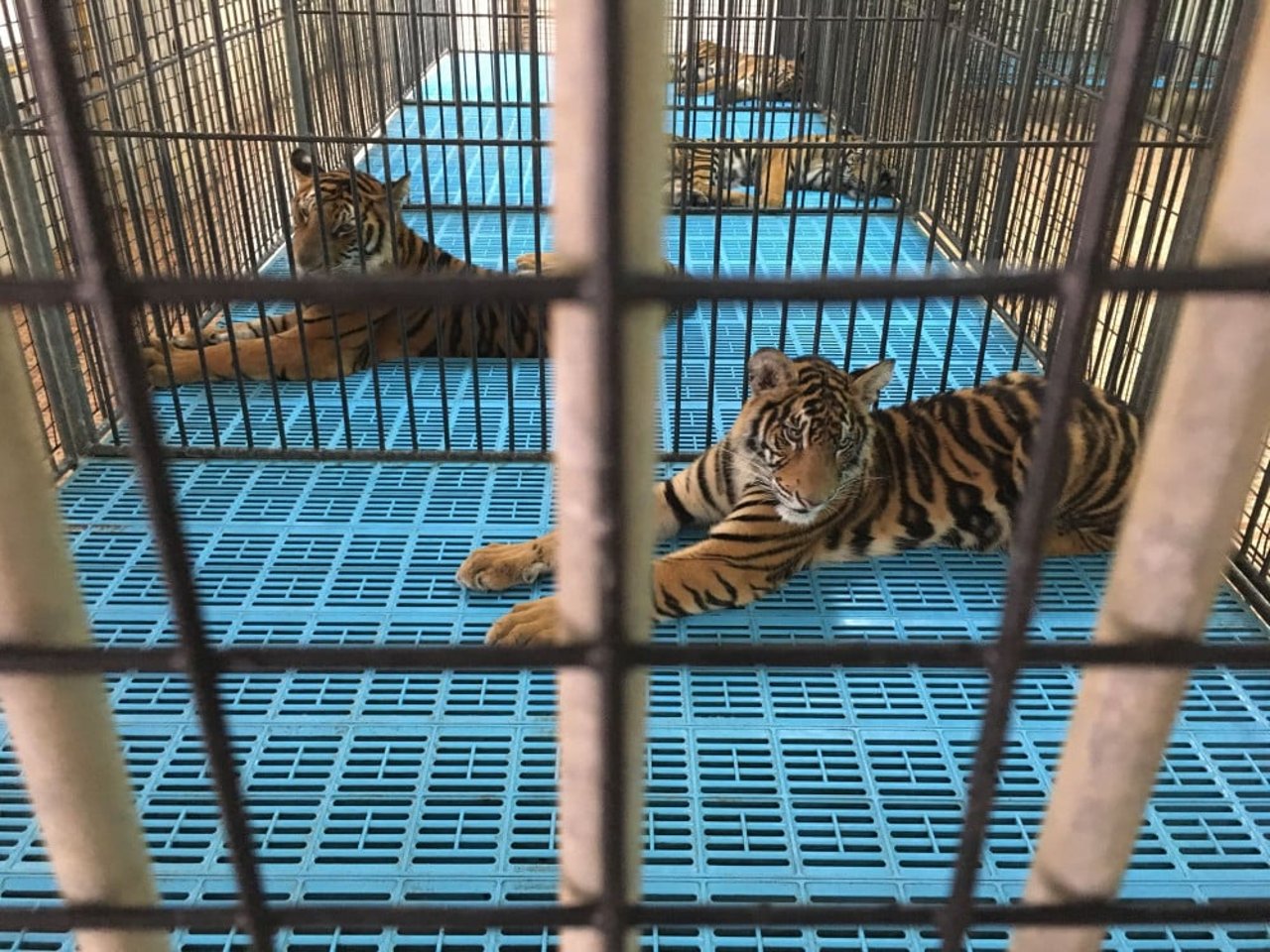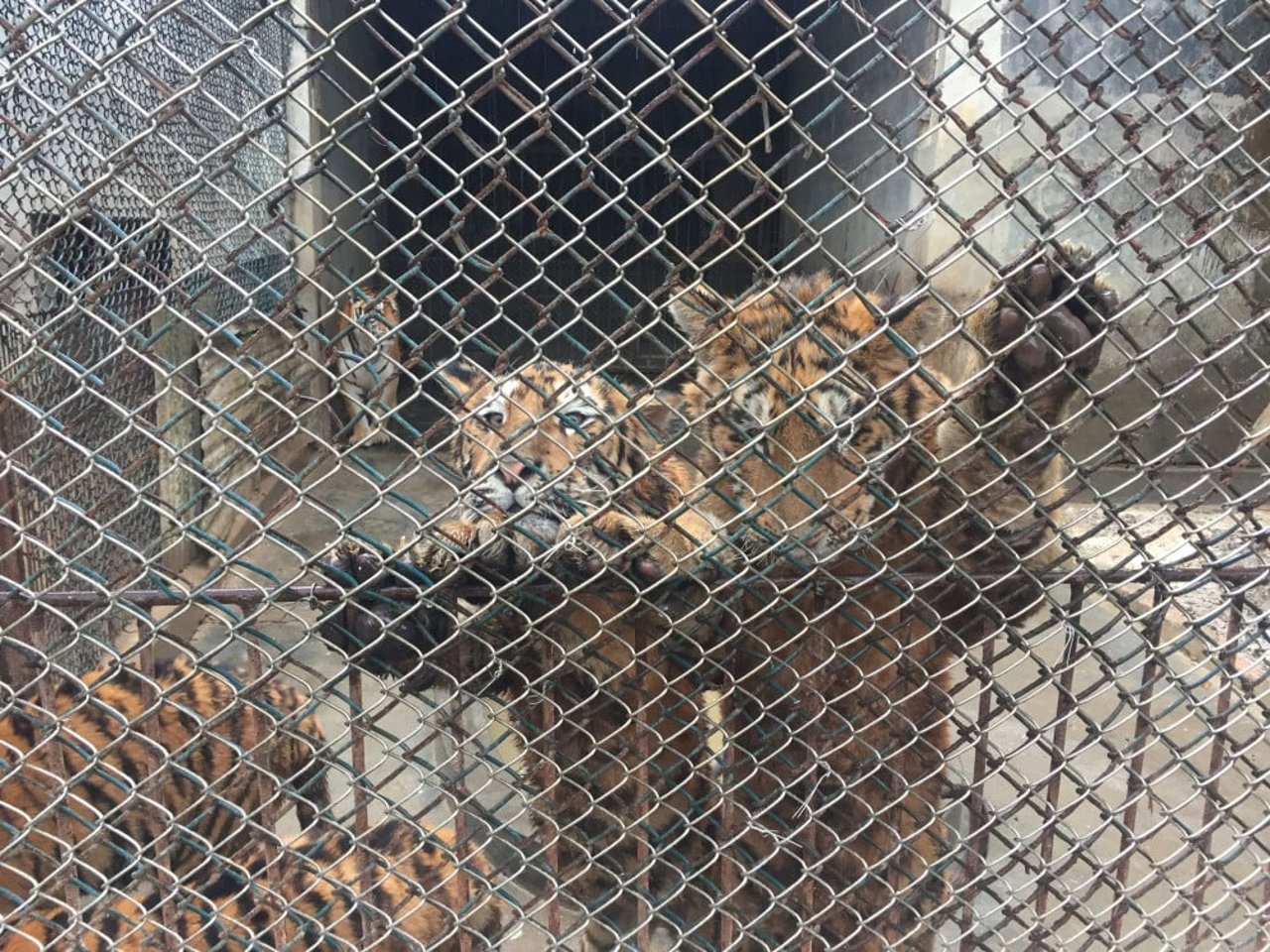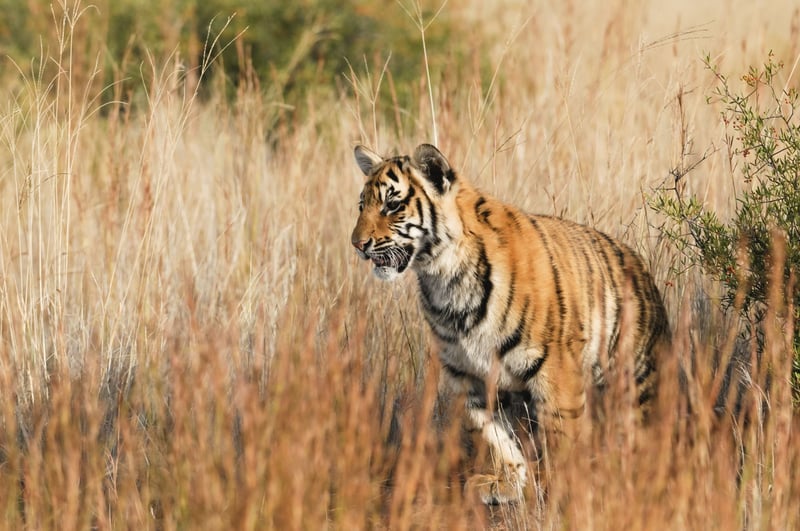
11 facts about tigers in the wild and in captivity
News
Tiger King is the new Netflix docu-series that’s catching everybody’s attention with its wild insights into the lives of eccentric captive tiger breeders in the United States. But what do you know about these big cats?
Naturally found across the Asian continent, tigers are one of the most beautiful and powerful of the big cats. Yet every day, tigers are captured or born into captivity just to become pets, or as we saw in Tiger King, tourist attractions.
We're working around the world to protect wild animals like tigers from being subjected to the cruelty of the animal entertainment industry or exotic pet trade.
1. The bigger the better
Tigers are the largest member of the cat family, or Felidae. Their size is rivaled only by that of lions, which are almost as big.
2. Tiger types
There are 6 remaining subspecies of tigers. These subspecies include the Indo-Chinese tiger, the Bengal tiger, the Amur (Siberian) tiger, the Sumatran tiger, the South China tiger, and the Malayan tiger. The Bengal tiger accounts for the majority of today’s existing tiger population, but the Siberian tiger is the largest in size.
3. Where they roam
The tiger’s natural range extends across the Asian continent, from Russia to North Korea and China, to Southeast Asia, all the way to the Indonesian island of Sumatra. Tigers have also adapted to live in a number of different habitats, including both grasslands and rainforests.
4. Fish out of water
Since cats often get the reputation for disliking water, one of the most interesting facts about tigers is that they like to swim! This may be explained by the fact that tigers have evolved largely in the temperate climate of eastern Asia, and enjoy heat less than other members of the cat family.
5. Mother knows best
Although some tendencies are instinctive, much of a tiger’s skill in hunting prey is taught to them through maternal training. Tigers cubs in the wild typically spend up to 2 years with their mothers. This is one reason why captive tigers suffer so much in entertainment venues, where new-born cubs and their mothers are often separated immediately after the cubs’ birth.
6. They need their space
Tigers are solitary creatures, and in the wild individuals might have a 5-60 mile territory to roam. This fact emphasizes the terrible conditions of China’s big cat facilities, which resemble factory farms — in such facilities, tigers are kept in small cages measuring approximately 13x23 feet.
7. Species endangerment
Tigers are an endangered species. Due to an increase in hunting and poaching as well as heightened climate change during the 20th century, global tiger populations have dwindled significantly. At this point in time, there are almost more tigers in captivity than there are in the wild.
8. Suffering for selfies
Captive tigers are constant victims of irresponsible tourism. Their suffering has only increased as the demand for selfies and photo-sharing on social media has grown. You can sign the pledge today to commit to cruelty-free wildlife photography that doesn’t fuel the animal entertainment industry.
9. A house is not a home
Every day, thousands of wild animals are captured or born into captivity just to become pets. Tigers are no exception. Our houses are not suitable homes for wild animals like tigers. Learn more about how wild animals suffer in the exotic pet trade and become a wildlife protector by pledging not to buy wild animals as pets.
10. Farmed for traditional medicine
Outside of the tourism and animal entertainment industry, many tigers live in captivity due to the demand for big cat farming in traditional medicine. Whether they are poached from their families in the wild at a young age or they are unnaturally bred in sterile facilities, sadly these tigers’ fates all end in suffering and death.
11. Tiger breeding breeds suffering
Tigers around the world are bred in captivity for profit. These tigers are bred for the wildlife entertainment and traditional medicine industries, and endure a lifetime of cruelty and abuse in captivity. In Asia there are over 200 tiger breeding facilities housing up to 8,000 tigers, and there is a steady increase in the number of tigers being bred each year through questionable speed-breeding methods.
Additionally, breeding tigers in captivity serves no conservation purpose. In fact, tiger breeding has been linked to the illegal trade in tiger products, which encourages the poaching of wild tigers as well as the abuse of tigers in captivity.
Share these facts about tigers to educate others on the wild beauty of the tiger species and the unimaginable cruelty faced by tigers in captivity. You can make a difference by signing the Wildlife Selfie Code and helping us end the suffering of wild animals like tigers for tourist entertainment.
Every day, thousands of wild animals are captured or born into captivity just to become pets. Tigers are no exception. Our houses are not suitable homes for wild animals like tigers.
